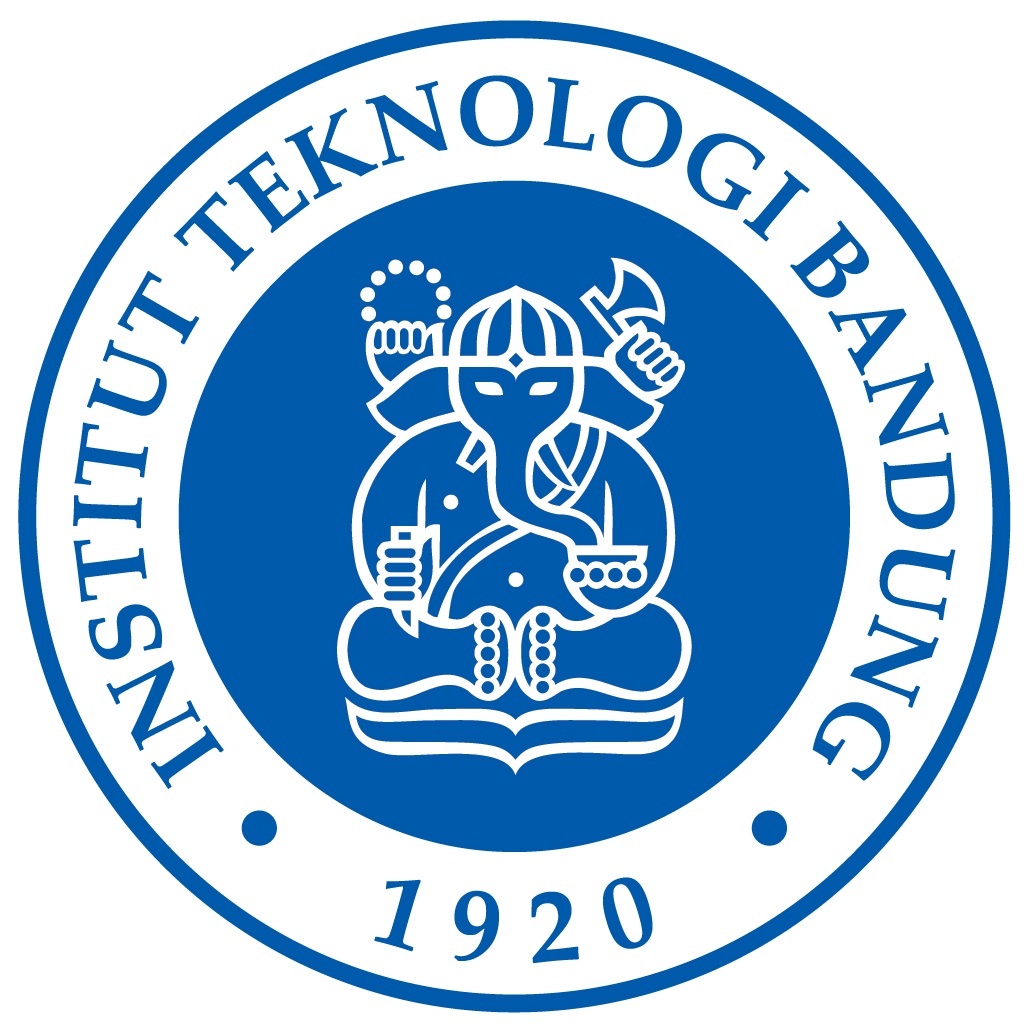

Sri Hartati
The earthquake disaster that hit Sumedang Regency on December 31 2023 with a magnitude of M 4.8 has caused a lot of physical and non-physical damage. The location of the earthquake is at coordinates 6.85 degrees South Latitude (LS) and 107.94 degrees East Longitude (BT) at a depth of 5 km. (BMKG, 2023). Earthquakes occurred three times, namely the first Sumedang earthquake M 4.1 at 14.35 WIT, the second Sumedang earthquake M 3.4 at 15.38 WIT, and the third Sumedang earthquake M 4.8 at 20.34 WIT. The impact of the Sumedang earthquake resulted in material loss (damage). houses, as well as public facilities) and non-material, namely psychological disturbances and trauma felt by the community, especially children. This trauma will have a bad impact if treated quickly and seriously. Through trauma healing activities, it is one way to immediately overcome the negative impacts experienced by children. The aim of this trauma healing activity is to reduce the level of anxiety and restore the emotional condition of children after the earthquake disaster, thereby regenerating the enthusiasm they had before the earthquake. The trauma healing activity was carried out on 30 children with an age range of 2 years to 10 years. The implementation includes three stages, namely the socialization, implementation and evaluation stages. Trauma healing activities provided to children consist of coloring activities on t-shirts, dancing, singing, offering prayers and games that encourage children to be active, both speaking and other physical activities. Results of activities. This trauma healing showed that all participants became cheerful, did not feel afraid and felt happy. In general, anxiety levels have decreased and emotional conditions have also improved. Trauma healing activities are very beneficial not only for children, but also for other levels of society, especially women/mothers. so that in the future the implementation of trauma healing can target other communities.
trauma healing activities
"Benefits of activities: - can improve mental health in children, reduce anxiety and build a sense of security - increasing social stability, accelerating the post-earthquake rehabilitation process, reducing the economic burden and building community resilience"